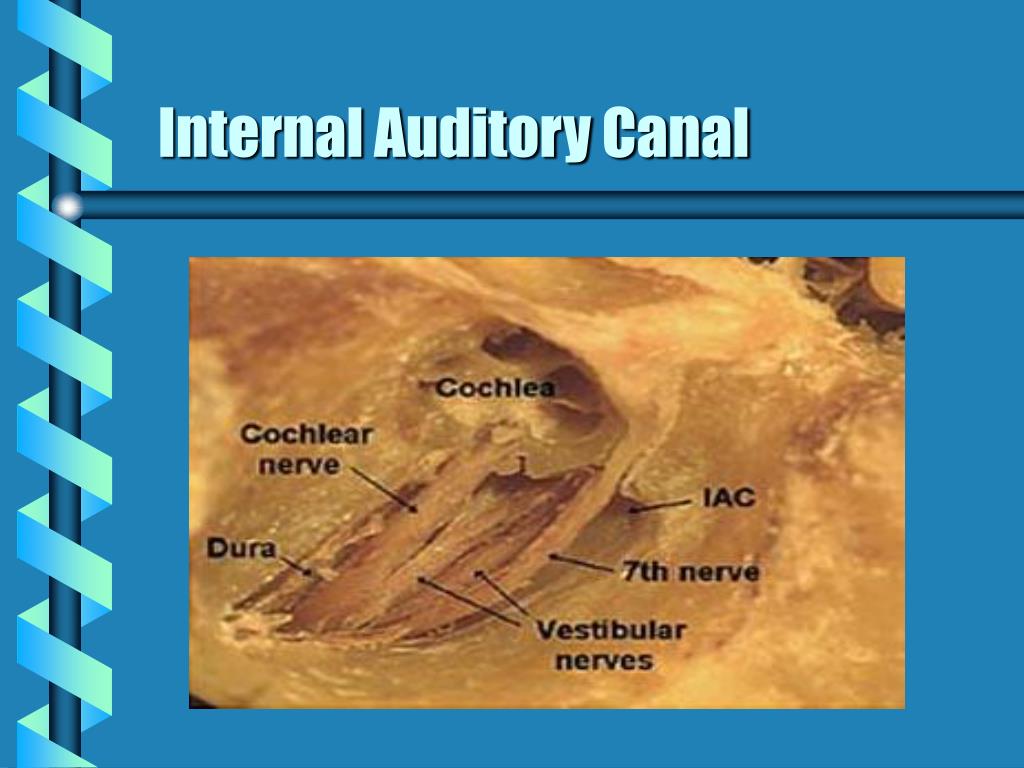

Gidley PW, Roberts DB, Sturgis EM (2010) Squamous cell carcinoma of the temporal bone.

Wierzbicka M, Niemczyk K, Bruzgielewicz A, Durko M, Klatka J, Kopeć T, Osuch-Wójcikiewicz E, Pietruszewska W, Szymanski M, Szyfter W (2017) Multicenter experiences in temporal bone cancer surgery based on 89 cases.

Park JM, Kong JS, Chang KH, Jun BC, Jeon EJ, Park SY, Park SN, Park KH (2018) The clinical characteristics and surgical outcomes of carcinoma of the external auditory canal: a multicenter study. Zeroni L (1899) Ueber das Carcinom des Gehoerorganes. Politzer A (1883) Textbook of diseases of the ear. Kretschmann F (1887) Ueber Carcinoma das Schlafenbeines. Lobo D, Llorente JL, Suárez C (2008) Squamous cell carcinoma of the external auditory canal. Moody SA, Hirsch BE, Myers EN (2000) Squamous cell carcinoma of the external auditory canal: an evaluation of a staging system. Conclusionīased on the available evidence in this review, individuals aged < 60, facial nerve impairment, advanced stage lesions, presence of lymphovascular invasion and squamous cell carcinoma histology are all associated with poor outcome and may be considered when discussing optimal treatment strategies in patients with EAC carcinoma. Survival rates were higher in early stage patients ( p = 0.021) and in those without facial palsy ( p = 0.032). Median overall survival was 88 months and estimated 2-year and 5-year overall survival rates were both 66%. Four patients (14.8%) showed recurrence recurrence rate was significantly higher in individuals aged < 60 years ( p = 0.025) and with lymphovascular invasion ( p = 0.049). Median follow-up period was 21 months (interquartile-range: 47). Pittsburgh tumour staging was distributed as early stage in 51.9% (I: 40.7% II: 11.1%) and advanced stage in 48.1% (III: 29.6% IV: 18.5%). Squamous cell carcinoma (55.6%) was the most common histological type, followed by basal cell carcinoma (40.7%) and ceruminous adenocarcinoma (3.7%). Twenty-seven patients were identified, with a median age of 77 years (range 29–92 years) and a slight female predominance (59.3%). Epidemiological, clinical, histopathological and surgical data were retrieved from clinical records and analysed. Retrospective observational study enrolling all patients with primary EAC carcinoma who underwent primary surgical treatment at the Portuguese Institute of Oncology (Lisbon) between 20. This study aims to evaluate the clinical characteristics and long-term outcomes of EAC carcinoma in a tertiary referral centre in a period of 15 years and identify independent prognostic factors. The predominant membranous location after treatment with TGF-β1 antisense suggests increased tendency of the cells for tissue formation and strong cell-cell adhesion rather than migratory and invasive character, and thus TGF-β1 antisense application is a useful therapeutical strategy.Evidence-based treatment recommendations for external auditory canal (EAC) carcinoma are lacking in available literature. The untreated cells showed a loss of β-catenin expression at the membranes. The cells showed an increased mural reactivity to β-catenin, and intracellular reactivity was unchanged. After 48 h, expression of β-catenin was determined by means of immunohistochemistry. Cultured EACC-specimens were incubated with 6 µmol TGF-β1 antisense. We investigated the abrogation of TGF-β1 and β-catenin expression in EACC culture cells. Transforming growth factor β1 (TGF-β1) was reported to decrease β-catenin in mammary epithelium. Down-regulation of β-catenin (key component of the zonula adherens) is a pivotal factor for loose tissue integrity and invasiveness. The external auditory canal cholesteatoma (EACC) is a rare disease with hyperproliferation and destructive growth in the adjacent structures.


 0 kommentar(er)
0 kommentar(er)
